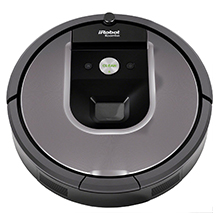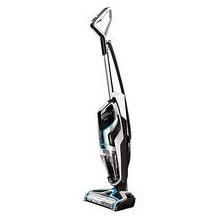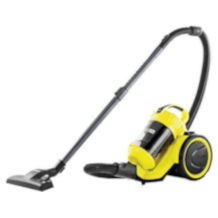Wet vacuum cleaner purchasing advice: how to choose the right product
- What You Need to Know
- Wet vacuum cleaners have a spray nozzle that applies detergent to the surfaces to be cleaned with pressure.
- They are designed for carpets and upholstery, but also clean hard floors.
- A high suction power ensures that only a small amount of residual moisture remains after cleaning.
- If you also want to vacuum wet and dry, look for a wet vacuum cleaner with a filter and matching nozzles.
- The higher the capacity of the fresh and dirty water tanks, the more surface area can be cleaned in one go.
For cleaning deep into the fibres
Hoovers are part of the basic equipment of every household to remove dust and other dirt from surfaces. However, conventional hoovers are powerless against stains or liquids. This requires appliances that can vacuum wet. Even when vacuuming textiles, classic stick vacuum cleaners are only successful to a limited extent. There is now a wide range of vacuum cleaner types for special applications and substrate materials. One of these types are wet vacuum cleaners.
Wet vacuum cleaners are cleaning devices that are specially designed for cleaning textile surfaces such as carpets and upholstered furniture. For this purpose, they have a spray nozzle and a suction nozzle, as well as a tank for fresh water and a tank for dirty water. The spray nozzle is mounted on the suction tube of the wet vacuum cleaner and applies cleaning agent to the surface when the associated button is pressed. Spraying is done with pressure to effectively loosen dirt and stains. This is then sucked up with the suction nozzle and directed to the dirty water tank.
While the detergent is added to the fresh water in some wet vacuum cleaners, other models have a separate detergent container with a suction line. This line automatically transports the detergent to the fresh water tank.
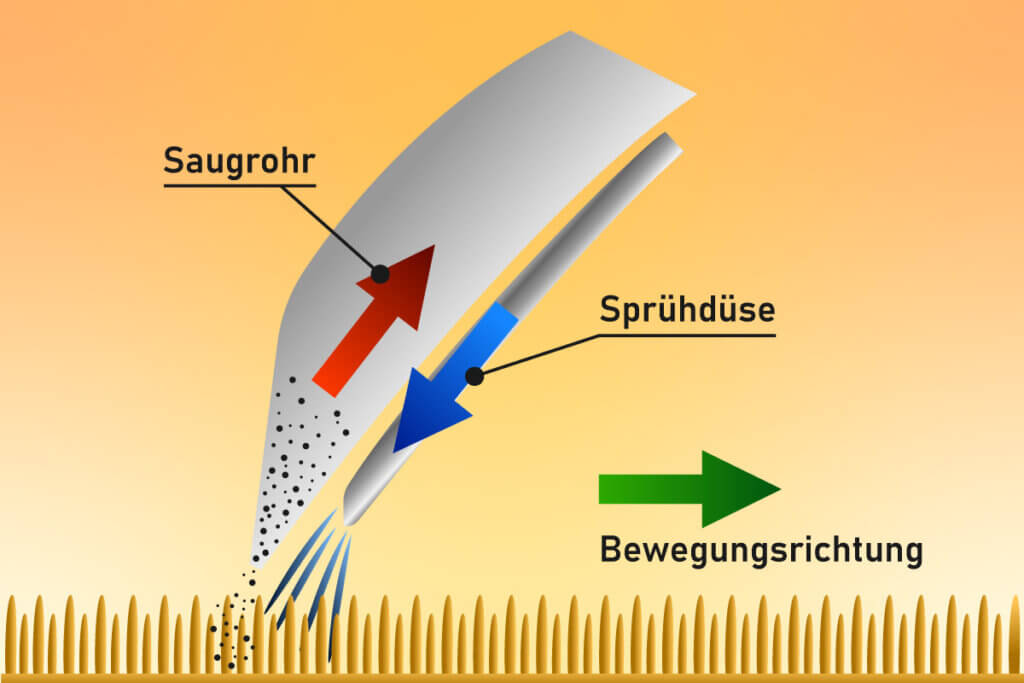
Although all wet vacuum cleaners are spray extraction machines, only commercial wet vacuum cleaners are also called spray extraction machines or carpet cleaning machines. Professional models are mainly used for cleaning medium and large areas and removing stains on upholstery, but can be used on hard floors. Professional machines can generate higher pressure and have a stronger suction power than models for private households.
Danger of confusion: wet vacuum cleaner, wet vacuum cleaner, wiping vacuum cleaner
Since there are several devices that clean surfaces with water, there is often a risk of confusion. Wet vacuum cleaners and wet vacuum cleaners are often equated with each other. In fact, however, there is a striking difference: simple wet vacuums can only suck up liquids. Wet vacuum cleaners, on the other hand, also spray a cleaning solution onto the surface to be cleaned. If you want to remove stains from a carpet with a wet vacuum cleaner, for example, you have to work the cleaning agent in by hand and then use the vacuum cleaner to remove the cleaning liquid. While wet vacuums are also known as hard floor cleaners, wet vacuum cleaners are aptly named upholstery or carpet cleaners.
Then there are so-called mop vacuums, also known as suction mops. These are two-in-one devices that combine a hoover and a mop. When cleaning, the devices vacuum the dust and wipe the floor with a damp cloth. Mop vacuums do not suck in wet dirt.
There are also multi-purpose devices that remove wet and dry dirt and mop the floor. Wet vacuum cleaners with a filter system and a selection of compatible nozzles can also remove wet and dry dirt from hard floors. This makes such models multifunctional vacuum cleaners.
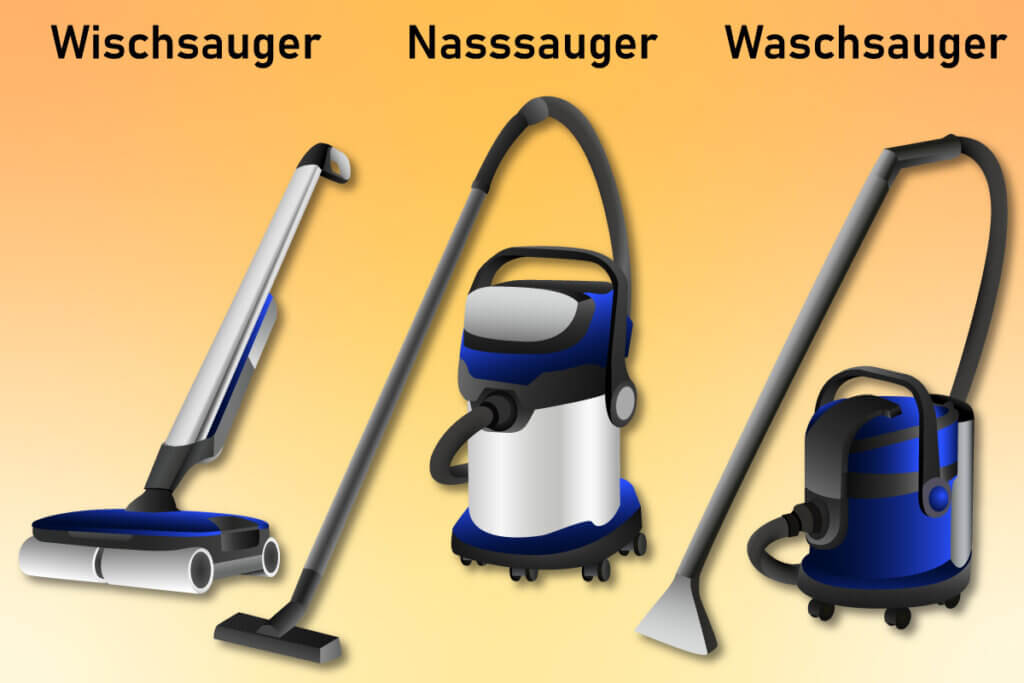
What matters when buying
Powerful wet vacuum cleaners are ideal for cleaning carpets and upholstery. Finding the right appliance is difficult for consumers simply because of the confusing names. In addition, there is often a lack of binding information on purchase criteria such as cleaning performance, tank capacity or the availability of replacement nozzles.
Spray pressure
The spray nozzle applies cleaning agent to the desired surface using pressure. The higher the spray pressure, the deeper the cleaning fluid penetrates the textiles. If the wet vacuum cleaner only has a low pressure, the detergent remains on the surface. Cleaning is then no more effective than wiping with a damp cloth. For thorough deep cleaning, a wet vacuum cleaner with a spray pressure of at least two bar is recommended.
Spray volume
As a rule, the amount of spray cannot be varied. Inexpensive wet vacuum cleaners in particular often spray more solution than they can absorb. Since this problem is only apparent in practice, it helps to look at tests and product ratings. However, a high suction power indicates that only a small amount of residual moisture remains after cleaning.
Suction power
Two parameters provide information about the suction power: the negative pressure and the speed of the air flow: the negative pressure, also called vacuum, is usually given in millibars and is approximately 200 to 250. Alternatively, the unit kilopascal is also used. 210 millibars are then 21 kilopascals. The measured value is obtained while the suction tube is closed and the appliance is not sucking at all. Therefore, the vacuum alone says little about the suction performance.
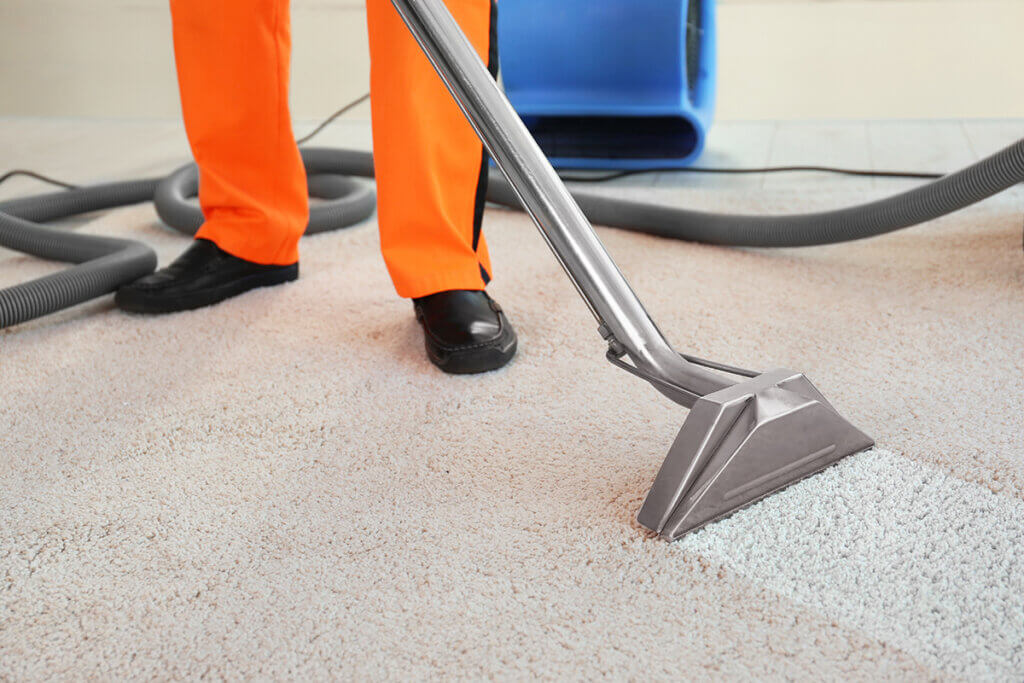
For the suction power, it is also important to know how fast the air must move to form the determined pressure. The air flow is usually specified for wet vacuum cleaners in litres per second or per minute. With the SE 4002 wet vacuum cleaner from Kärcher, for example, it is 70 litres per second or around 4,200 litres per minute.
Both figures can only be an indication of the actual performance: both the negative pressure and the air flow change with the opening of the mounted nozzles. Moreover, manufacturers do not disclose the conditions under which they determined the negative pressure or the air flow.
Tank volume
Wet vacuum cleaners have one tank for fresh water and one for dirty water. The dirty water tank is often much larger than the fresh water tank: The tank of the Thomas BRAVO 20 wet vacuum cleaner, for example, has a capacity of 20 litres, while the fresh water tank only holds 3.6 litres. The larger the carpet vacuum cleaner, the larger the dirty water tank usually is. In small models, both containers hold about the same amount of water. In the case of the SE 4002 wet vacuum cleaner from Kärcher, for example, both containers hold four litres. Since the dirty water tank fills up quickly, a large volume is practical. This means that work does not have to be interrupted as often to empty the tank.
It makes sense for the clean water tank to hold at least two litres. This is enough to clean about 60 square metres. The larger the area to be cleaned, the larger the tank should be. However, in the case of appliances for private use, the tank rarely holds more than four litres.
In the commercial sector, even the fresh water tank usually holds more than 20 litres. The tanks of the Columbus SX 344 spray extraction unit, for example, each have a capacity of 30 litres.
Power and performance
Wet vacuum cleaners are usually corded units with an average power of between 1,000 and 1,600 watts. However, there are also wet vacuum cleaners with up to 2,000 watts. These are usually commercial appliances. Cleaners with less than 1,000 watts are usually models that use a cleaning solution but do not spray the agent onto the surface with pressure. They are more similar to multifunctional mop vacuums or wet vacuums than classic wet vacuum cleaners.
Weight
To manoeuvre a wet vacuum cleaner comfortably, it must not be too heavy. Depending on where it is to be used, the appliance may have to reach into corners, up stairs or outside. Especially petite or physically weakened users find it difficult to handle wet vacuum cleaners with an unladen weight of more than ten kilograms. A model weighing about five to six kilograms is suitable for them.
However, large and heavy wet vacuum cleaners are often more powerful than small, lightweight models and are therefore ideally suited for thorough deep cleaning. They also have a larger dirty water tank that needs to be emptied less often. Those who need the wet vacuum cleaner to clean larger areas can get the job done without interruptions.
While wet vacuum cleaners weighing more than 10 kilograms are already heavy for household use, it is not uncommon for professional spray extraction units to weigh more than 20 kilograms.
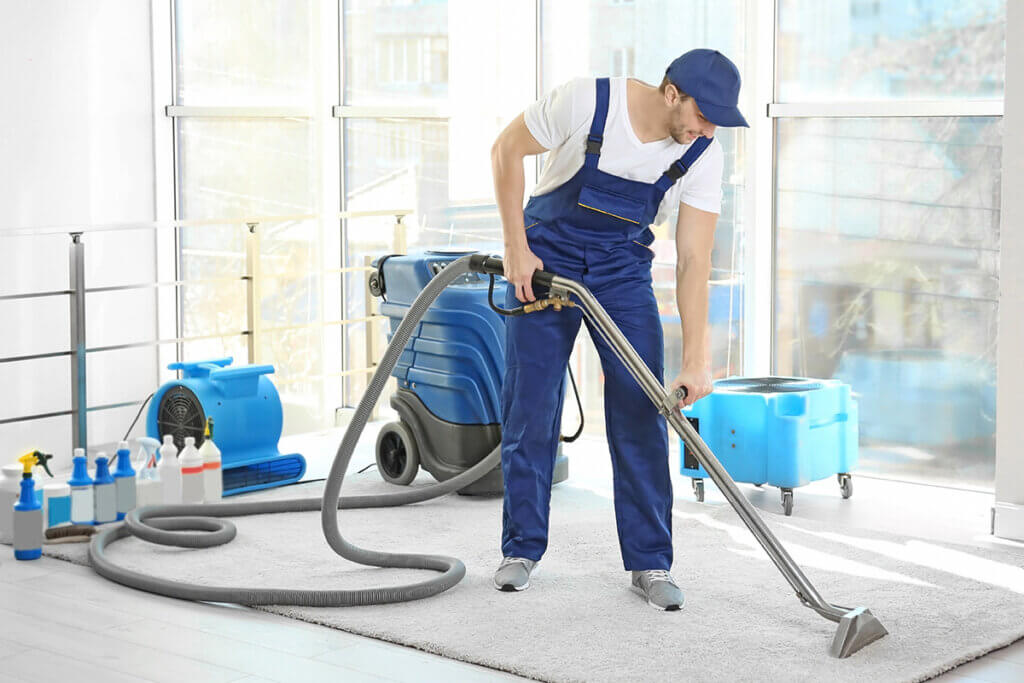
Weigh up your own physical abilities against the desired effectiveness of the wet vacuum cleaner. A slightly weaker device that is easy to handle is better than a powerhouse that you can hardly move to the place of use.
Handling
A well-weighted wet vacuum cleaner is especially comfortable to use with an ergonomic handle. The handle helps prevent fatigue. If it can also be adjusted in height, it is easy on the back.
If you want to manoeuvre the wet vacuum cleaner as freely as possible, it is best to ensure that the power cable is at least five metres long. For those who want to use the wet vacuum cleaner both indoors and outdoors, the longer the cable, the better. Otherwise, at least one plug-in bar is required as a connecting link. Some wet vacuum cleaners even come with more ten-metre-long power cables.
Long suction hoses also extend the action radius. With large and heavy wet vacuum cleaners, a length of more than 2.5 metres is useful to clean the surroundings without moving from the spot.
Accessories and scope of delivery
Many manufacturers add various accessories to the wet vacuum cleaner. The scope of delivery usually includes a suction or spray hose as well as a floor adapter, sometimes also a hand adapter, and a nozzle to start up the device. Depending on the product, there may also be other nozzles, cleaning agents and filters. When buying a wet vacuum cleaner, it makes sense to pay attention to the utensils included and to choose those that are likely to be used in everyday life.
Attachments
For most wet vacuum cleaners, there is some basic selection of nozzles either included or as separate accessories. These include a carpet nozzle and an upholstery nozzle. Upholstery nozzles are ideal for removing dirt and stains from upholstered furniture, car upholstery and mattresses. The compact attachments are also ideal for hard-to-reach places on the carpet, such as in corners or on carpet skirting boards.
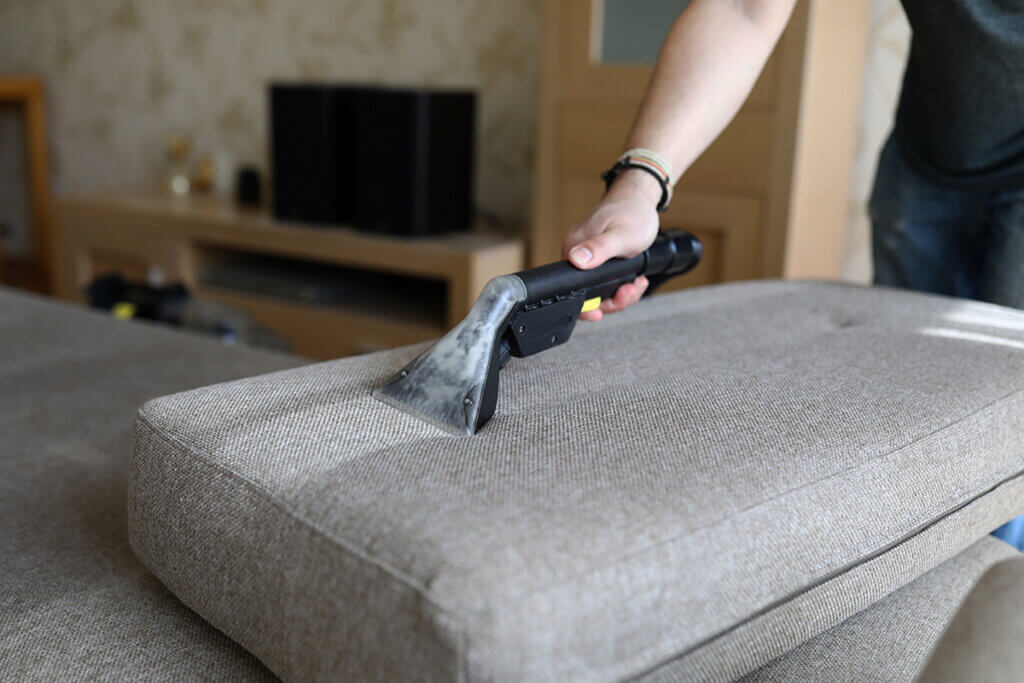
In multifunctional wet vacuum cleaners, upholstery nozzles are sometimes used exclusively for dry vacuuming, while a special washing nozzle for upholstery cleaning is intended for spray extraction. There are also washing nozzles for hard floors and wet-dry suction nozzles. With the wash nozzle, the wet vacuum cleaners clean wet, similar to suction mops; with the wet-dry suction nozzle, they capture dry and wet dirt.
Joint nozzles not only help clean joints, but also any hard-to-reach places, such as car gaps, empty spaces behind or under furniture, and skirting boards. To clean mattresses, car upholstery or office chairs, for example, some manufacturers offer special attachments. They achieve better results for the specific surface than universal upholstery nozzles. There is even a suitable nozzle for curtains to remove dust and stains. This saves a few trips to the washing machine.
Other accessories
To vacuum up dirt with a wet vacuum cleaner, a good filter system is important. Which filters are used depends on the appliance. For allergy sufferers, however, a so-called HEPA filter is recommended, as it captures not only pollen but also other fine allergens such as house dust and mites. Kärcher offers flat pleated filters for the SE-5001 and SE-6001 wet vacuum cleaners, for example, and cartridge filters for the SE 4001 and SE 4002. Ideally, the filter system can be removed and replaced in a few easy steps. It is also practical if a filter is suitable for both wet and dry vacuuming.
In addition, a carpet cleaner is often included in the scope of delivery. However, you do not have to commit to the manufacturer’s own cleaning product to clean your carpets when you make subsequent purchases. For specific surfaces such as upholstery or curtains, cleaning products tailored to them are recommended.

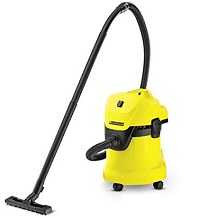
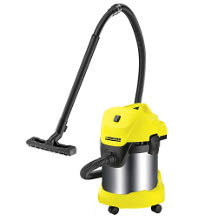
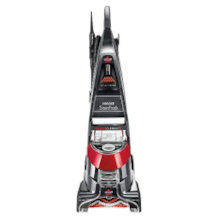
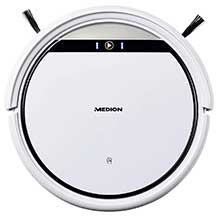
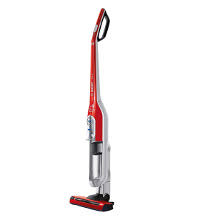
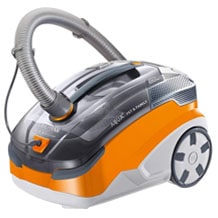
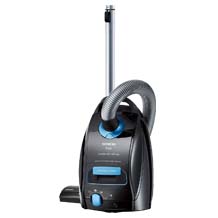
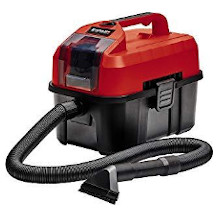
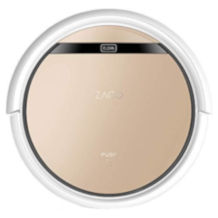
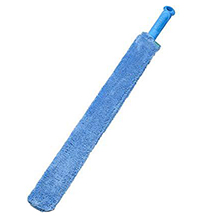
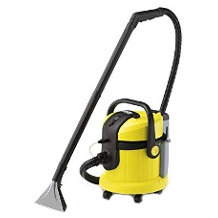
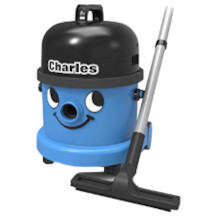
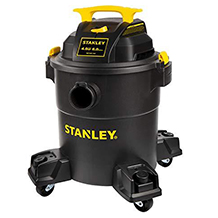
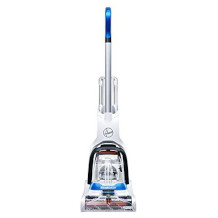
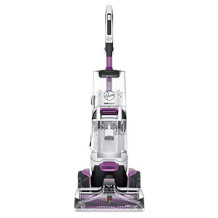
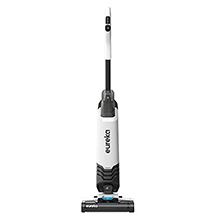
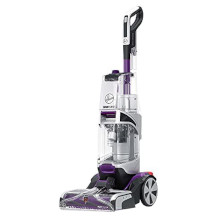
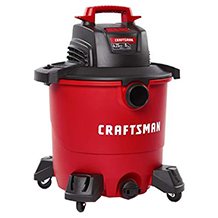
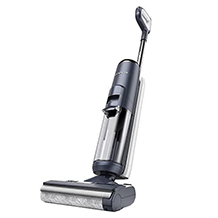
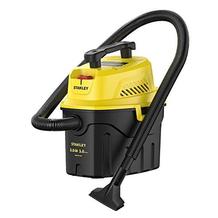

 7,396 reviews
7,396 reviews
